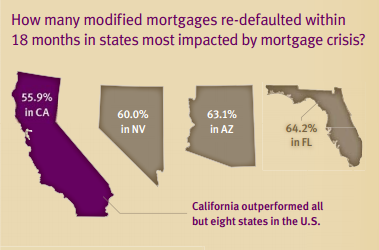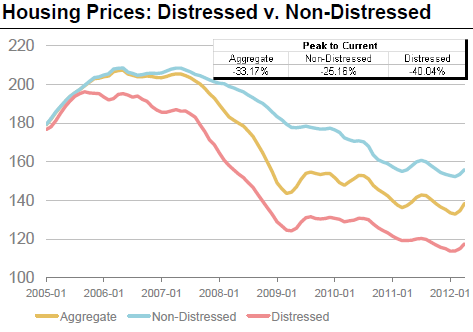I believe strongly in the Itulip forecasts and "philosophy". However, EJ has predicted that housing (prices from what I remember) will not bottom until 2015-2020. Though many disagree with technical analysis, my reading of the tea leaves of the Philadelphia Housing Index ($HGX) can be interpreted as being extremely bullish for housing in the long-term (see link below for monthly chart of the Philadelphia Housing Index - you may need to "right click" and open in new tab or window).
Housing Index.jpg
Some caveats include:
- I don't know the correlation between this stock index and actual home prices. While unlikely, I'm sure this index could rise at the same time that national home prices continue to fall, in which case EJ and I would both be right.
- The downtrend line has not been confidently broken yet.
- As with all technical analysis, the currently bullish pattern can easily morph into a bearish pattern or end up failing completely.
This is just my two cents, but I've found that, at least with the stock market, ignoring bullish patterns the last 3 years has represented missed opportunities.
Appreciate any thoughts or feedback.
Thanks
Housing Index.jpg
Some caveats include:
- I don't know the correlation between this stock index and actual home prices. While unlikely, I'm sure this index could rise at the same time that national home prices continue to fall, in which case EJ and I would both be right.
- The downtrend line has not been confidently broken yet.
- As with all technical analysis, the currently bullish pattern can easily morph into a bearish pattern or end up failing completely.
This is just my two cents, but I've found that, at least with the stock market, ignoring bullish patterns the last 3 years has represented missed opportunities.
Appreciate any thoughts or feedback.
Thanks



Comment